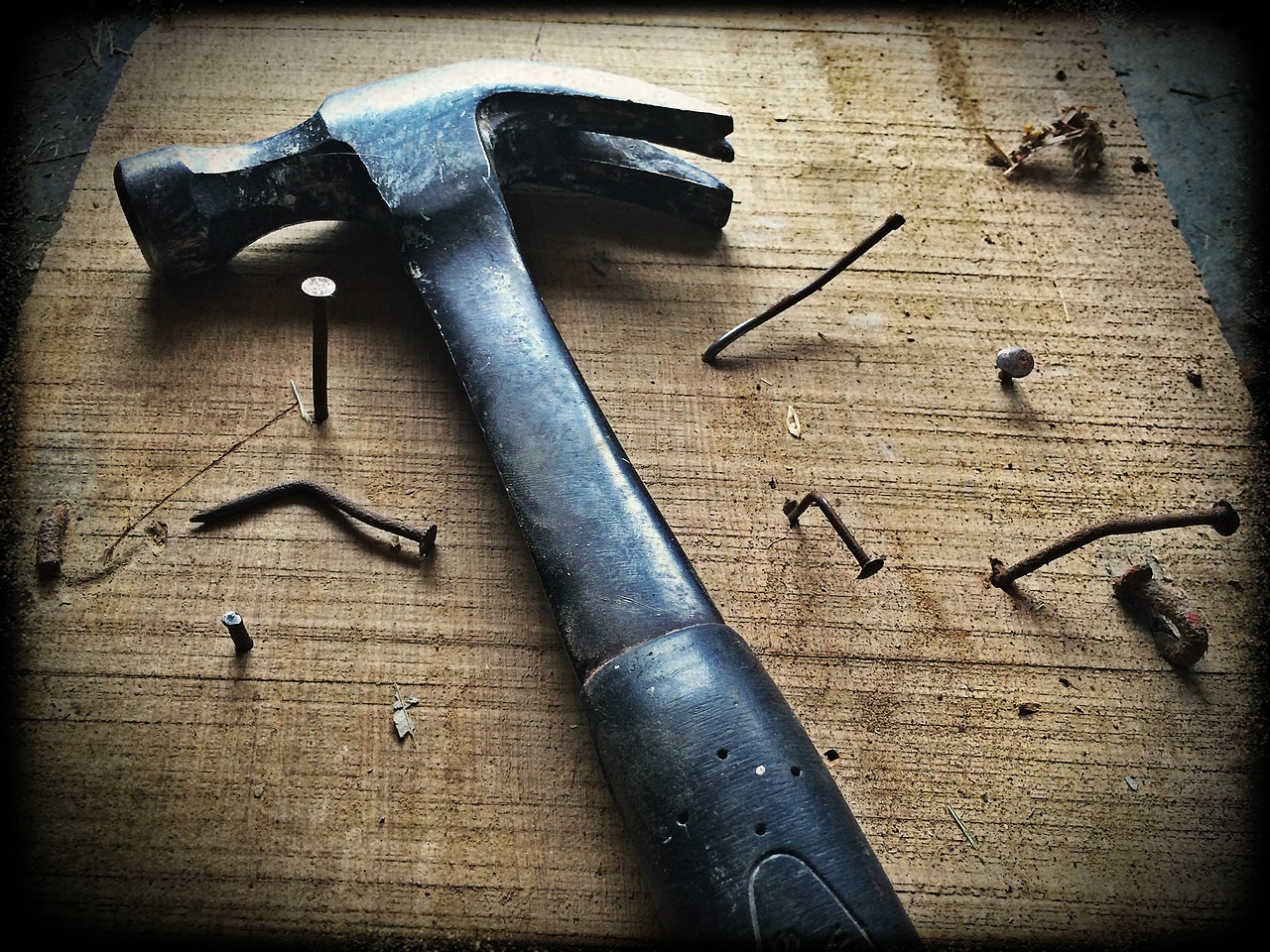If there was an industry that we needed not to suffer as a result of the pandemic, that would be the construction industry. After the Kiwibuild debacle, rising house prices and extremely high demand, the government should have tried to protect those that are trying to tackle these issues. A lot of houses could have been built in the two years that the virus robbed from us, if only the government had applied some common sense and given the industry some leeway to continue operating during the worst of the pandemic.
But no. Level 4 in March 2020 meant down tools for everyone. All building projects stood still. This caused delays further down the line and cash flow issues for builders already struggling with excessive regulations.
Level 3 allowed construction workers to operate… but under very restrictive conditions. Wash stations were required on every site. 10 houses on the go meant a cost in the region of $10,000, in a period where cashflow had stalled. Extra cleaning was required on site, in portaloos and on all surfaces to reduce contamination. There were restrictions on the number of people allowed on site at any one time – not ideal with builders working on one part of the site and plumbers and electricians working on another. All of these measures required extra costs and caused further delays, as workers were taken off task to do extra cleaning, and supporting tradesmen had to postpone their appearances on site. More delays for an industry that had been hit hard already.
But like most industries, things went more or less back to normal once the first lockdowns were over. There were other lockdowns, mostly in Auckland, but the country kept moving. There were dark clouds on the horizon; increasing material costs and labour shortages being among the main issues, but life continued reasonably well. Then, along came August 2021 when Jacinda, buoyed by the conviction that everybody loved her, closed down the entire country for one COVID case.
This was the turning point for the country and the economy. We had survived the first outbreaks relatively well, but one catastrophic decision by a foolhardy government caused economic chaos that will take decades to repair.
It was a huge mistake to close down the entire country, thus entitling businesses everywhere to more government support, when the only case was in Auckland. The pandemic thus far had mostly been felt in Auckland anyway. The South Island, for example, didn’t start to get COVID cases until close to Christmas. The savage waste of public funds, mostly with the ink still wet, was foolhardy and unnecessary. But, for the construction industry, the worst was about to come.
New Zealand does produce its own wallboard, but generally not enough of it. The Winstone factory in Auckland, which is the principal, if not only producer of wallboards here, was not classed as an essential industry, meaning they had to close down completely at Level 4, and could operate only with limitations at Level 3. Auckland was in Level 4 for 5 weeks, and in Level 3 until the introduction of the traffic light system at the end of last year.
Board supplies were decimated for over 4 months. Australia, that generally supplies some board to New Zealand, is also going through a building boom, and is keeping much of its local board for itself. Winstone’s maximum capacity is about 2.5 million square metres per month. After the shutdown and then reduced capacity at Level 3, their backlog of orders skyrocketed. Wait times went from 6 – 8 weeks to 16 weeks, and worse. Order some board today, and you might be lucky enough to receive it in October.
Along with all this, of course, go price increases. Material costs are rising everywhere. Current estimates show that board prices have increased over 40% in the last few months. Most house builds are quoted in advance, resulting in some unexpected variations for buyers. Reputable builders are passing on the costs with no margin, thus reducing their own profits. There is not much they can do, except try to do the best for their clients. None of this is the builders’ fault. If the government had allowed wallboard to be produced during Level 4, much of this could have been avoided.
Not content with damaging the supply of housing, the government has meddled with the finance industry as well. Most buyers of new-build houses have pre-approved finance, with progress payments released according to a schedule agreed with the builder. But then along came the amendments to the Credit Contract and Consumer Finance Act (CCCFA) last December, requiring stricter scrutiny of borrowers’ financial health. This piece of legislation is a complete dog’s breakfast, resulting in responsible borrowers being declined for loans on the basis of so-called frivolous spending. (One borrower was declined a loan to build a new house because his outgoings were too high, which was due to him making larger payments on his existing mortgage than the minimum required.) While the government has made changes to the legislation, the amendments do not come into effect until June. 6 months of chaos that neither the building sector nor the finance sector needed.
The immediate future looks uncertain for builders, as they cannot get materials, their clients cannot get mortgages, and costs are skyrocketing. This is not the time to build a house… which will be bad news for builders, but even worse news for those who need a roof over their heads.
This government cannot even leave the private sector to do what it does best. Its unnecessary meddling in areas where it clearly has no clue has resulted in first-time buyers struggling more than ever to buy houses. The pandemic took its toll on the construction industry, but this hopeless government seems determined to drive the final nail into its coffin, once and for all.
With thanks to HR for his input into this article.

